UNIT I : ELECTROMECHANICAL ENERGY CONVERSION
Fundamentals of Magnetic circuits -Statistically and dynamically induced EMF -Principle “rf electromechanical energy conversion forces and torque in magnetic field systems-energy balance in magnetic circuits -magnetic force-co-energy in singly excited and multi excited magnetic field system mmf of distributed windings -Winding inductances-magnetic fields Ln rotating machines -magnetic saturation and leakage fluxes. Introduction to Indian Standard Specifications (ISS) -Role and significance in testing.
UNIT ll: DC GENERATORS
Principle of operation, constructional details, armature windings and its types, EMF equation, wave shape of induced emf, armature reaction, demagnetizing and cross magnetizing Ampere rurns, compensating winding, commutation, methods of improving commutation. interpoles, OCC and load characteristics of different types of DC Generators. Parallel operation of DC Generators, equalizing connections-applications of DC Generators.
UNIT lll: DC MOTORS I
Principle of operation, significance of back emf. torque equations and power developed by armature, speed control of DC motors, starting methods of DC motors, load characteristics of DC motors, losses and efficiency in DC machine, condition tbr maximum efficiency. Testing of DC Machines: Brake test, Swinburne’s test. Hopkinson’s test, Field test, Field test, Retardation test, Separation of core losses-applications of DC motors.
UNIT IV: SINGLE PHASE TRANSFORMER
Construction and principle of operation, equivalent circuit, phasor diagrams, testing -polarity test, open circuit and short circuit tests, voltage regulation, losses and efficiency, all day efficiency, back-to-back test, separation of core losses, parallel operation of single-phase transformers, applications of single-phase transformer.
UNIT V: AUTOTRANSFORMER AND THREE PHASE TRANSFORMER
Construction and working of auto transformer, comparison with two winding transformers, applications of auto transformer. Three Phase Transformer-Construction, types of connections and their comparative features, Scott connection, applications of Scott connection.


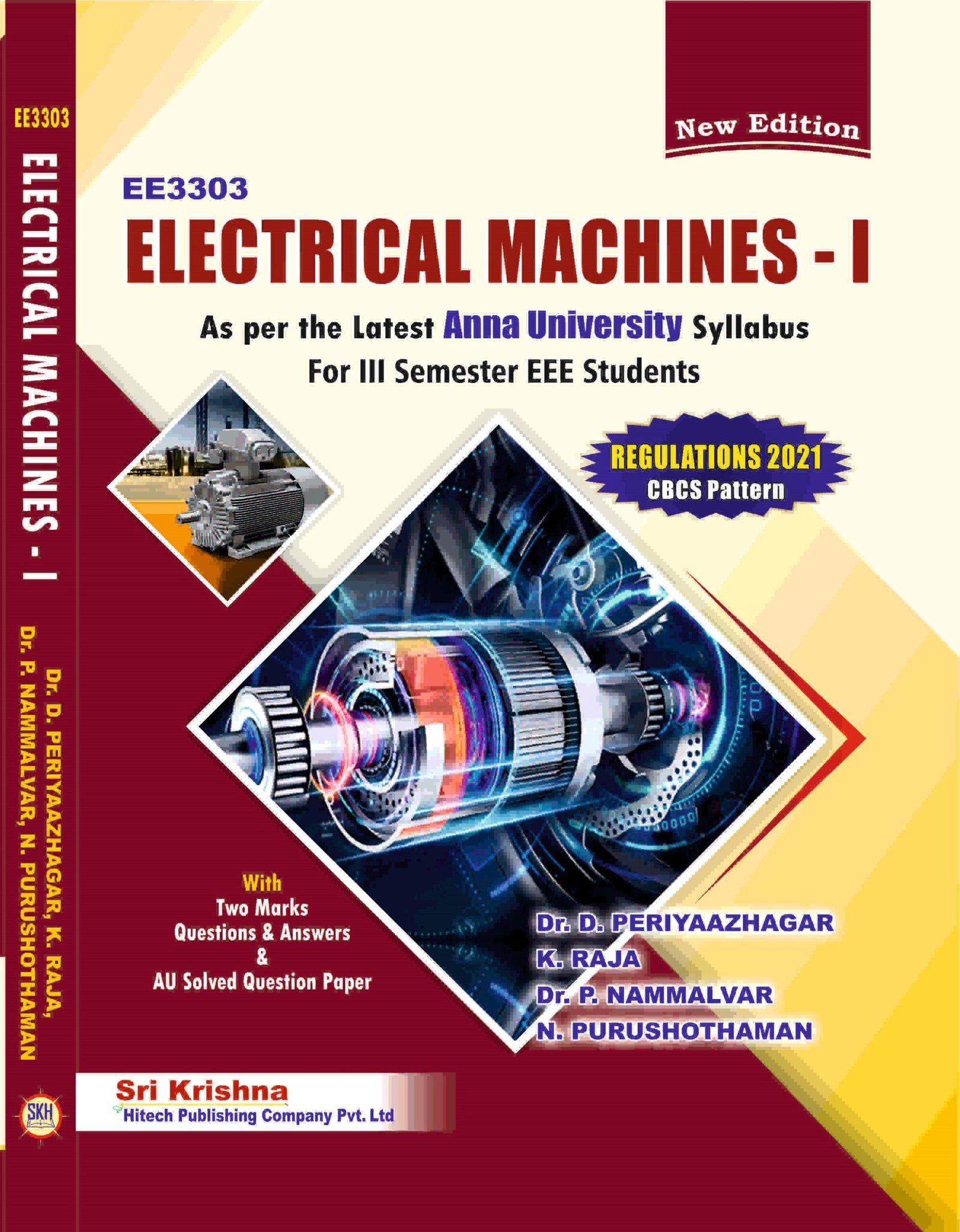
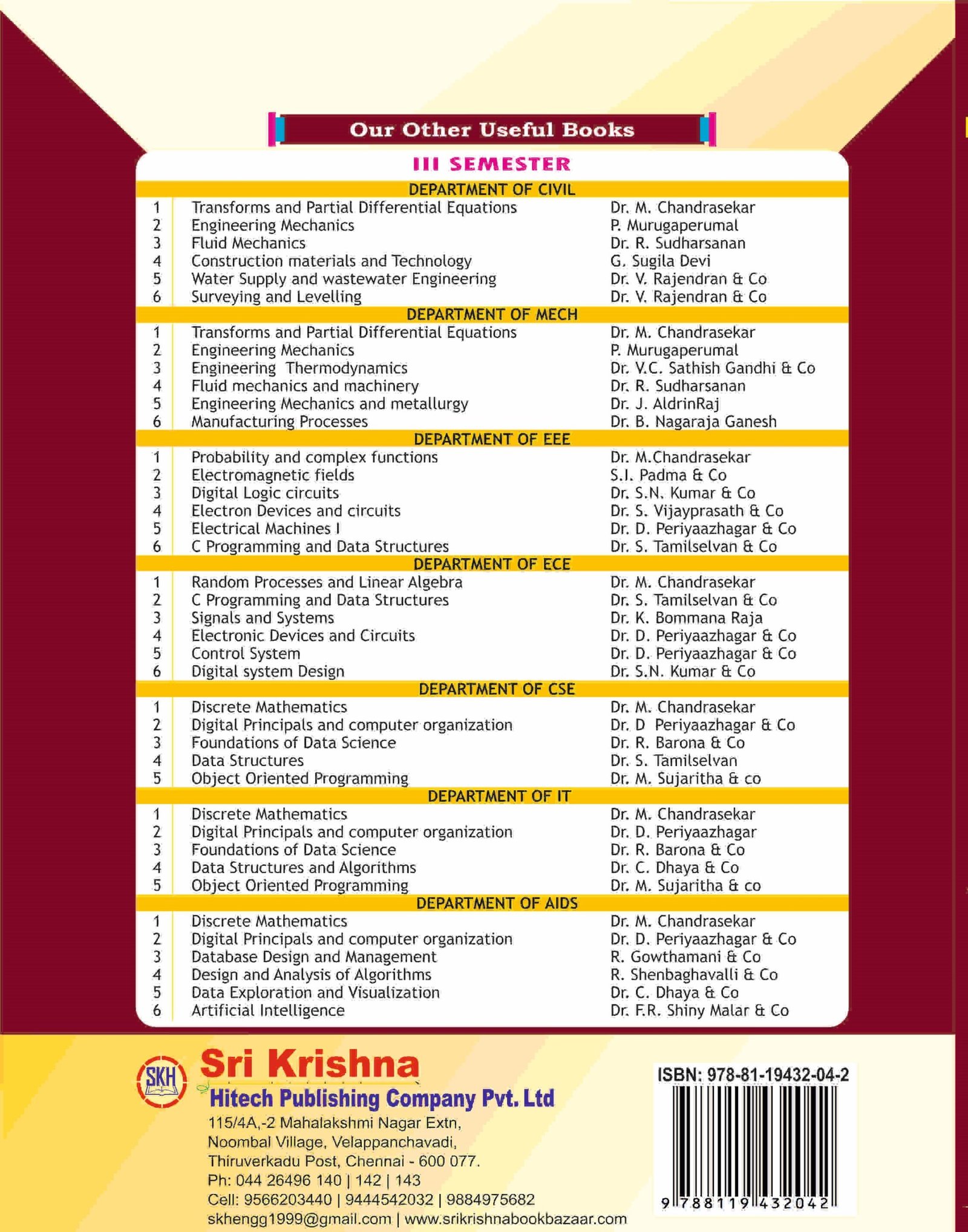
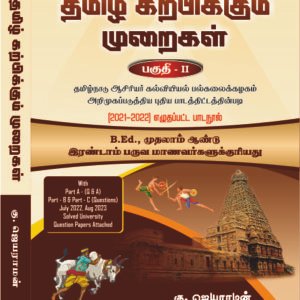


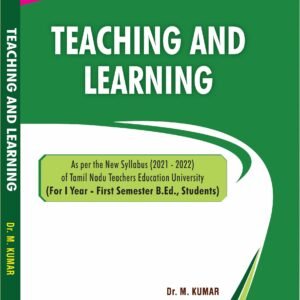
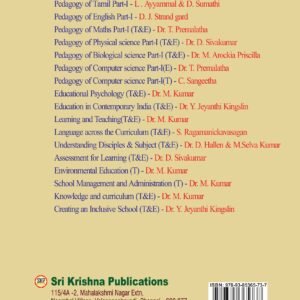
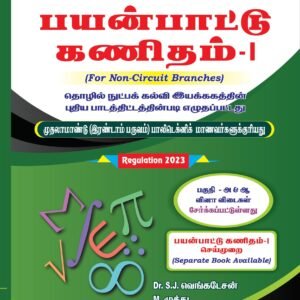


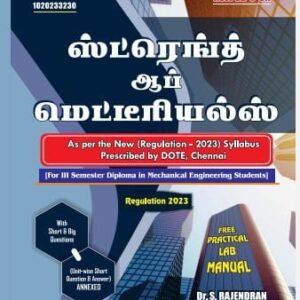
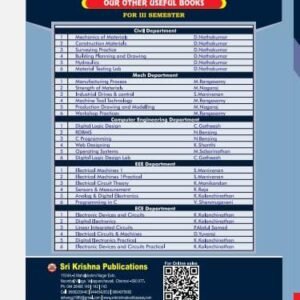
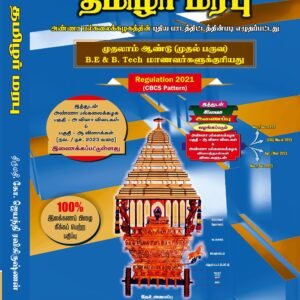
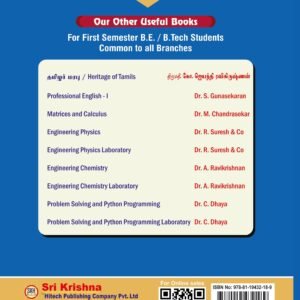
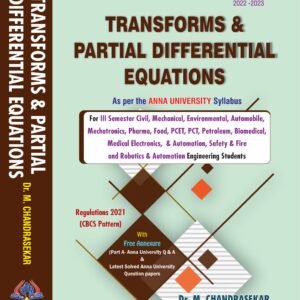
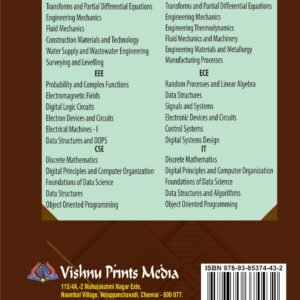
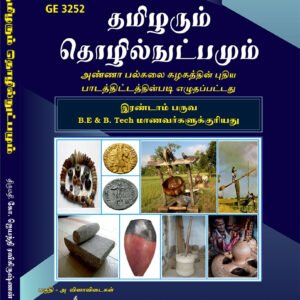
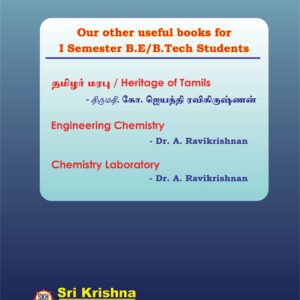
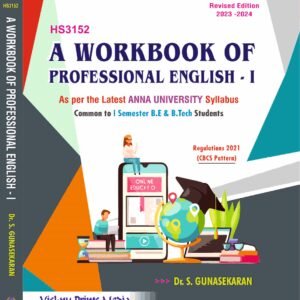
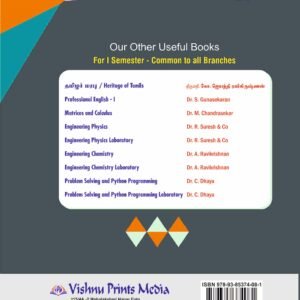
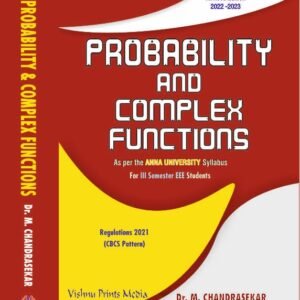

Reviews
There are no reviews yet.